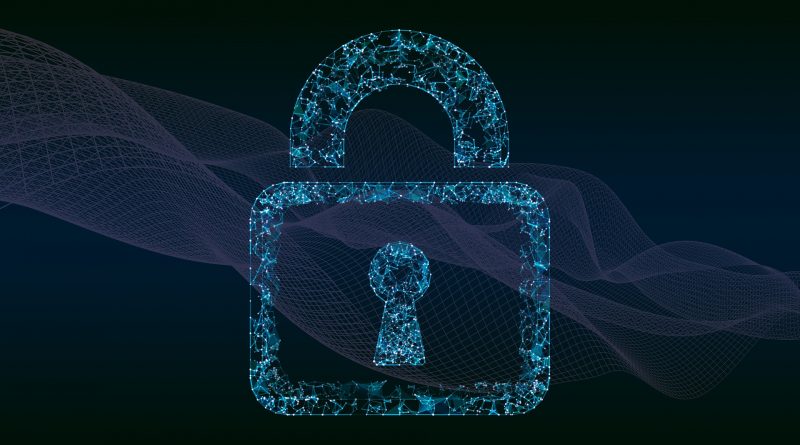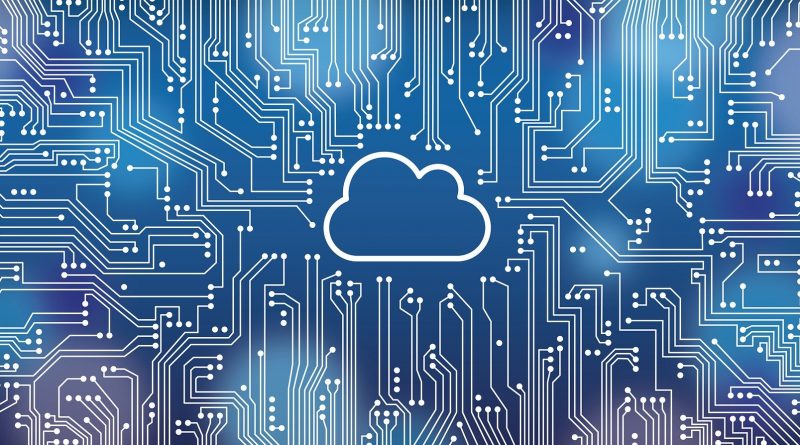It’s Time to Secure the Water Sector from Cyber Threats
he Biden administration is reportedly considering a first-ever integrated action plan for global water security, linking global access to clean, reliable water to U.S. national security for the first time. At home, the linkage between national security and security of the water and wastewater sector is self-evident by its very definition as critical infrastructure. Yet decades of chronic underinvestment and under-resourcing of federal support to the industry has left this life-supporting and life-sustaining infrastructure vulnerable to cyber threats.
Read more









